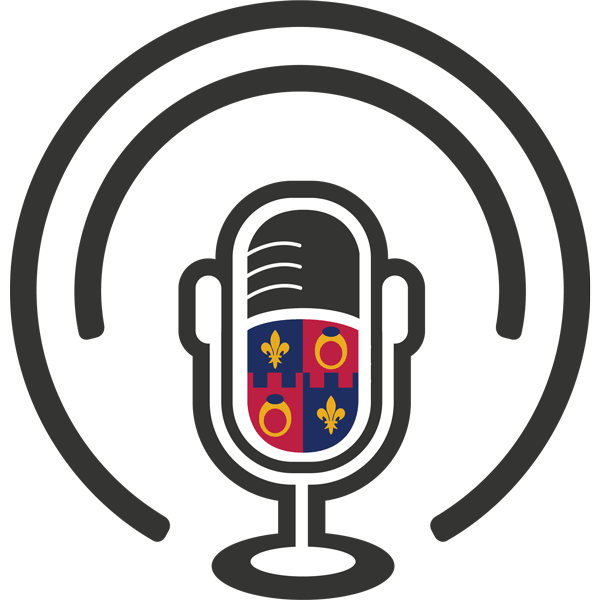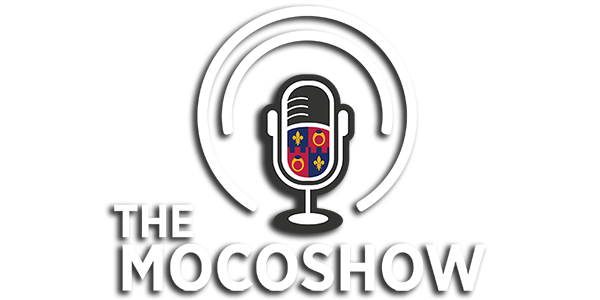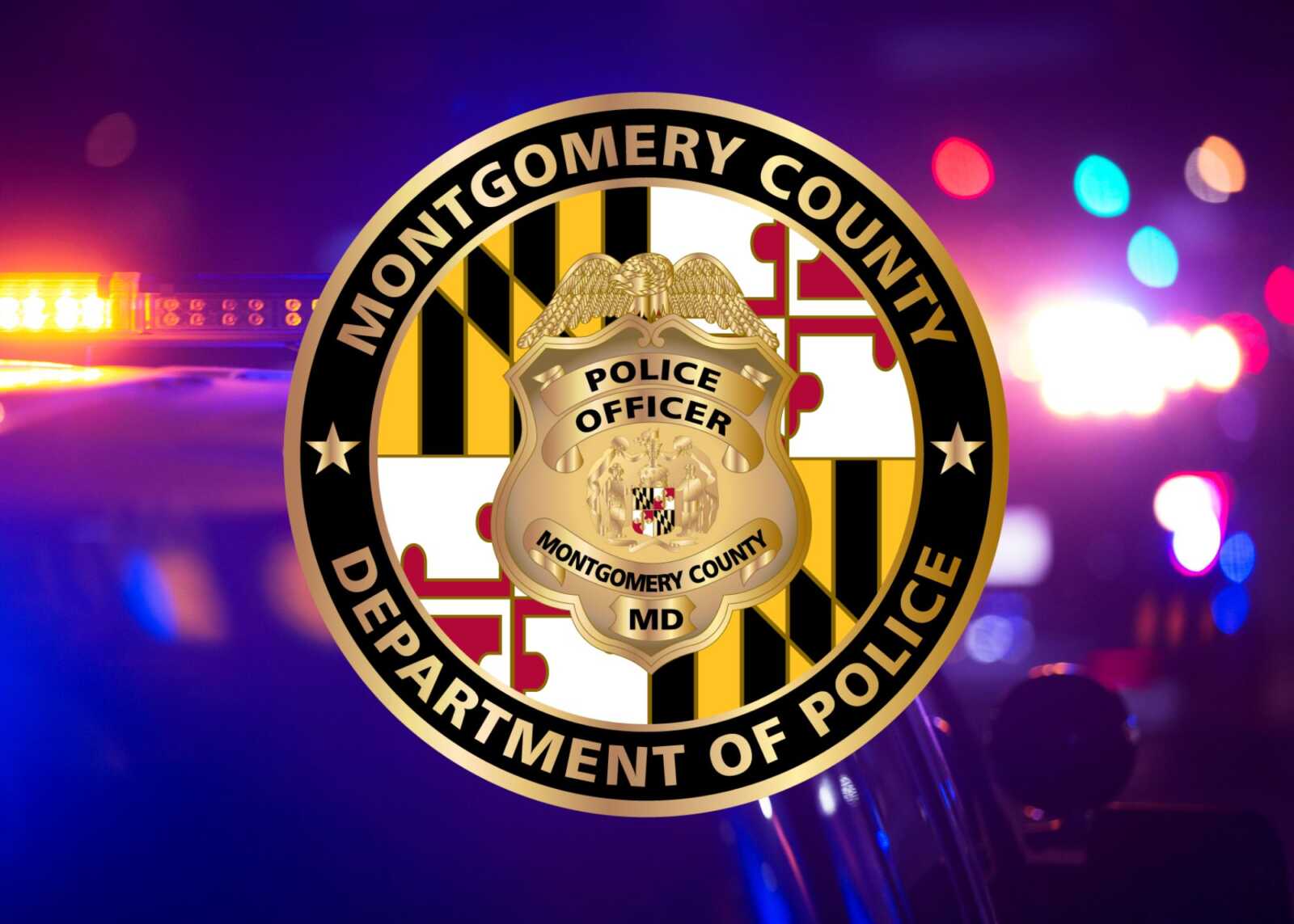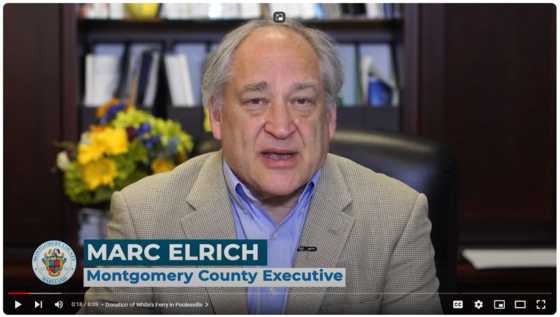Realizing a Dream – Providing Opportunity Through Education
Researched and Written by Sharyn Duffin
In Part 1 of African-American Education, courtesy of Peerless Rockville, Sharyn Duffin looks at slavery in Maryland and Montgomery County as well as emancipation and the Freedmen’s Bureau in Rockville.
Slavery in Maryland and Montgomery County
By 1860, regional differences in farming practices around Maryland affected the prevalence of enslaved labor. Northern and western counties in Maryland had transitioned to less labor intensive diversified agriculture. Southern counties continued to focus on tobacco cultivation and remained heavily reliant upon slaves. Early in the 19th century, Montgomery County farmers switched from tobacco to wheat and corn, crops that required fewer slaves. However, the county remained culturally and politically allied with neighbors to the south and on the Eastern Shore.
So many Marylanders had emancipated their slaves by 1860 that more free blacks could be found in Maryland than in any other state of the Union; they nearly equaled slaves in numbers. In contrast, Montgomery County’s population of 18,322 included 5,421 enslaved and only 1,552 free blacks. After June 1, 1860, the Maryland General Assembly prohibited manumission, so slaveholders could no longer legally free their slaves. However, there was a surge of manumissions ahead of the deadline. Sentiment was changing and the future of slavery in Maryland was uncertain.
The Emancipation Proclamation on January 1, 1863 did not apply in Maryland or any state that remained in the Union. Some Marylanders favored gradual abolition in loyal states and held out for compensation to slave owners.
A new 1864 Maryland constitution passed by popular vote outlawed slavery, disenfranchised Southern sympathizers, and established a system of free public education, but for nearly a decade public schools were for white children only.
Emancipation and the Freedmen’s Bureau in Rockville
The vote to approve the 1864 constitution was close— 30,174 in favor to 29,799 against. Montgomery County overwhelmingly opposed ratification with 422 votes in favor and 1,367 in opposition, numbers similar to counties in southern Maryland and the Eastern Shore.
The constitution took effect on November 1, 1864, freeing all enslaved men, women, and children in Maryland. Slaveholders received no compensation. Maryland was the first state below the Mason-Dixon Line to free slaves within its boundaries by popular vote.
A legacy of the 1864 constitution was a census of slaves and owners, as of November 1, 1864, taken in 1867 in the vain hope that the federal government might compensate slave owners in gratitude for Maryland’s loyalty to the Union. The census is organized by district and then by slave owner, with each slave listed by name, gender, age, and sometimes additional notes.
The Bureau of Refugees, Freedmen, and Abandoned Lands, popularly known as the Freedmen’s Bureau, opened in Maryland in September of 1865. Colonel R. G. Rutherford supervised Montgomery County’s program from an office in Rockville. He adjudicated claims for collection of wages, taking some to court. He met with residents interested in building schoolhouses for their children, attempted to connect freedmen with prospective employers, kept lists of black property owners, and intervened for parents whose hired-out children were not returned when promised.
Featured photo shows an early school for black children in Rockville operated in the basement of the Methodist Episcopal Church.
Preserving Rockville’s Heritage
Researched and written by Sharyn R. Duffin
Recent Stories
17th Annual Kensington Day of the Book Festival
Now in its 17th year, the Kensington Day of the Book Festival is a family-friendly street festival featuring 150+ renowned authors, poets, and literary organizations. Enjoy live music on five stages, special guest speakers, military veteran writers and comedians, poetry readings, cookbook demos, children's program, and much more.
Admission is free, and attendees will also be able to explore a marketplace of books and food offerings from local vendors.
Not your average book festival! This festival offers something for everyone!
17th Annual Kensington Day of the Book Festival
Sunday, April 21, 2024, 11am-4pm (held rain or shine!)
Howard Avenue, Kensington, MD 20895
www.dayofthebook.com
Instagram: @kensingtonbookfestival
Contact: Elisenda Sola-Sole, Festival Director
301-949-9416 (text preferred)
FEST OF SPRING Caribbean Wine Food & Music Festival
Get ready to experience the vibrant colors, tantalizing flavors, and infectious rhythms of the Caribbean at the FEST OF SPRING Caribbean Wine Food & Music Festival! Hosted by RHU LLC, this exciting festival is set to take place on May 18, 2024, at the picturesque 16700 Barnesville Rd in Boyds, MD.
Step into a world where the Caribbean spirit comes alive! From 12:00 PM onwards, immerse yourself in a sensory journey that celebrates the unique culture, cuisine, and music of the Caribbean. Whether you're an African American, a Reggae or Soca music enthusiast, a wine lover, or part of the vibrant Caribbean diaspora, this festival promises to delight and captivate you in every way.
Let the enticing aromas of mouthwatering Caribbean dishes tantalize your taste buds. Feast on traditional delicacies prepared by expert chefs, showcasing the rich and diverse culinary heritage of the Caribbean. Indulge in flavorful jerk chicken, succulent seafood, and delectable plantain dishes that will transport you straight to the islands.
Accompanying the culinary extravaganza is a carefully curated selection of premium wines, ensuring the perfect pairing for your palate. Sip on fine wines from renowned vineyards, each sip a reflection of the Caribbean's vibrant spirit. Discover new flavors, expand your wine knowledge, and savor unforgettable moments with every glass.
As the sun sets, get ready to groove to the infectious rhythms of Caribbean music. Feel the pulsating beats of reggae, soca, dancehall, and calypso, moving your body to the lively melodies. Live performances by talented musicians and performers will keep the energy high, ensuring a night of unforgettable entertainment.
Don't miss this opportunity to embrace the Caribbean spirit and celebrate the arrival of spring in style! Tickets are available on AllEvents, so secure your spot today. Join us at the FEST OF SPRING Caribbean Wine Food & Music Festival, where cultures collide and unforgettable memories are made.
LIVE PERFORMANCES By: CULTURE Feat. Kenyatta Hill, EXCO LEVI, IMAGE BAND, RAS LIDJ REGG'GO with Special Guest SUGAR BEAR FROM E.U. & MORE! & MORE!
MUSIC By: DJ ABLAZE, DJ SMALLY & NAJ SUPREME
2 NIGHT Camping packages available: RV/CAMPER $200 | TENTS $150 Starting on Friday May 17 @ 5pm | 30 RV SPACES | 30+ TENT SPACES
KIDS 12 & UNDER FREE!!!







